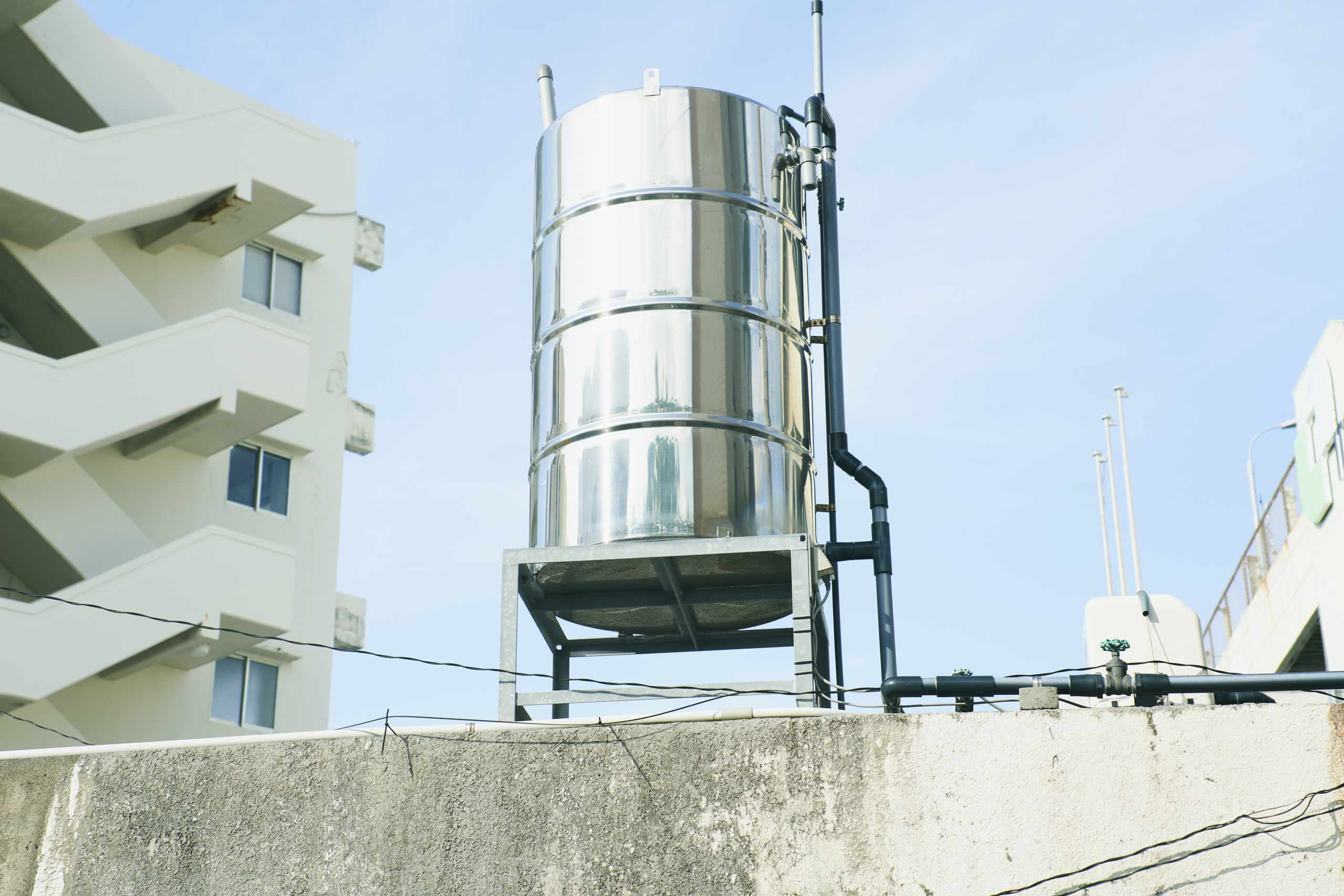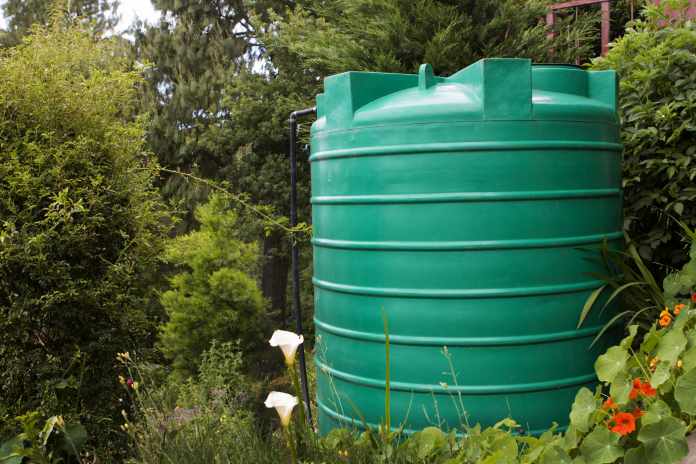Installing a water tank is a great way to save water, and a clever way to use save money and become more self-sufficient. Rainwater can be used for gardening, home washing appliances, and machines. Large businesses and factories also need a lot of water to process products and to cool heavy machinery. Harvesting rainwater can save thousands of liters of water, thus saving you money since you won’t pay for monthly water bills.
After you establish that collecting and storing rainwater is a great idea for your circumstances, the next decision to make is which tank is required to hold the water you’ll harvest. There are so many to choose from and you can look here at some different options, but let’s have a look at some of the things to consider:
How Much Rain Do You Get?
Considering this factor is vital since it’ll allow you to save on time and money. Some areas receive a lot of rain while others receive fewer rain. Knowing your area’s climate can give you a clue of the amount of rain you can expect. And it’ll help you to decide the size of the tank you can buy.
What Is Your Water Collection Capacity?
The first factor you can consider is the water requirements for your home or business. Does your premise accommodate a few or many individuals? And how much water do they require? If you require the use of a lot of water a water tank is going to help reduce cost and waste. If you at home or your business is going green, installing a water tank can help to achieve this goal.
After you have estimated the water requirements, you need to calculate the amount of water you can harvest from your building’s roof. This is a simple calculation based on the average rainfall per annum in your local area. You can collect one liter of water from a square meter roofed area for every one millimeter of rain received.
For instance, if you have 100-meter squared roof, you can expect to collect 50,000 liters of rain for every 250 millimeters of rainfall. To get the surface area of your roof, multiply its width by its length. When you multiply this area by the average amount of rain per meter squared, you will get your total water harvesting capacity.
What Size Tank Do You Need?
After calculating how much water you can collect, per annum, the next step is to decide on the size of your tank; how big should it be? The amount of water harvested each season and the number of times you expect rainfall in a year will help you decide what size of a tank will suit your needs. While this may sound simple, it’s not a simple science as sometimes annual rainfall can vary due to climatic change factors. Also, the annual rate of consumption can significantly change. So, it’s good to go for a larger size to cater for future uncertainties.

What Shape Tank Do You Need?
The other most important consideration is the shape of the tank. The size of the tank you choose should be able to fit the available space. The most common shapes are round and box-shaped. Consider where you want to fix your tank and decide which shape will best fit there.
What Material Do You Want Your Tank To Be Made Of?
Water tanks are made from different materials, and each material serves a different purpose. Plastic, fiberglass, and metal tanks are all better options depending on the purpose and your tank set-up. Plastic tanks are the most common material since they are less expensive and can last for many years. They don’t rust, thus making them the best choice if you live in a harsh climate, especially coastal areas near the salt water. Though fiberglass is more expensive than plastic material, it’s both chemical and rust-resistant.
Which Location Do You Want To Install Your Tank?
Your tank location needs to be a solid base ground. Sometimes your tank can be very heavy when full of water. Round water tanks are the best fit if you have ample land, but if your home or place of business is within an urban setting with little to no land, then a slimline tank can be better. This is especially true for places of business that share building space.
If you have limited space in your compound, you can consider underground water tanks because they save space. If you decide to go with the underground option, you will incur an additional cost of pumping water to your building’s upper floors.
Takeaway
Before you buy a tank, always match it with your water requirements. Understand the amount of water you could be collecting and then look at the size you’ll require to store that water. Answering the above questions will help you to make a better choice.















